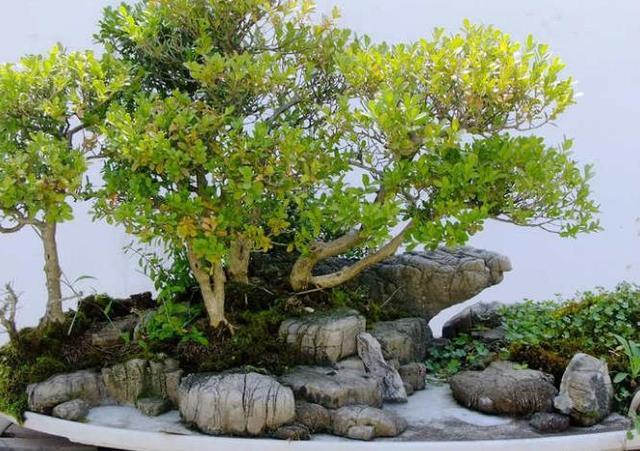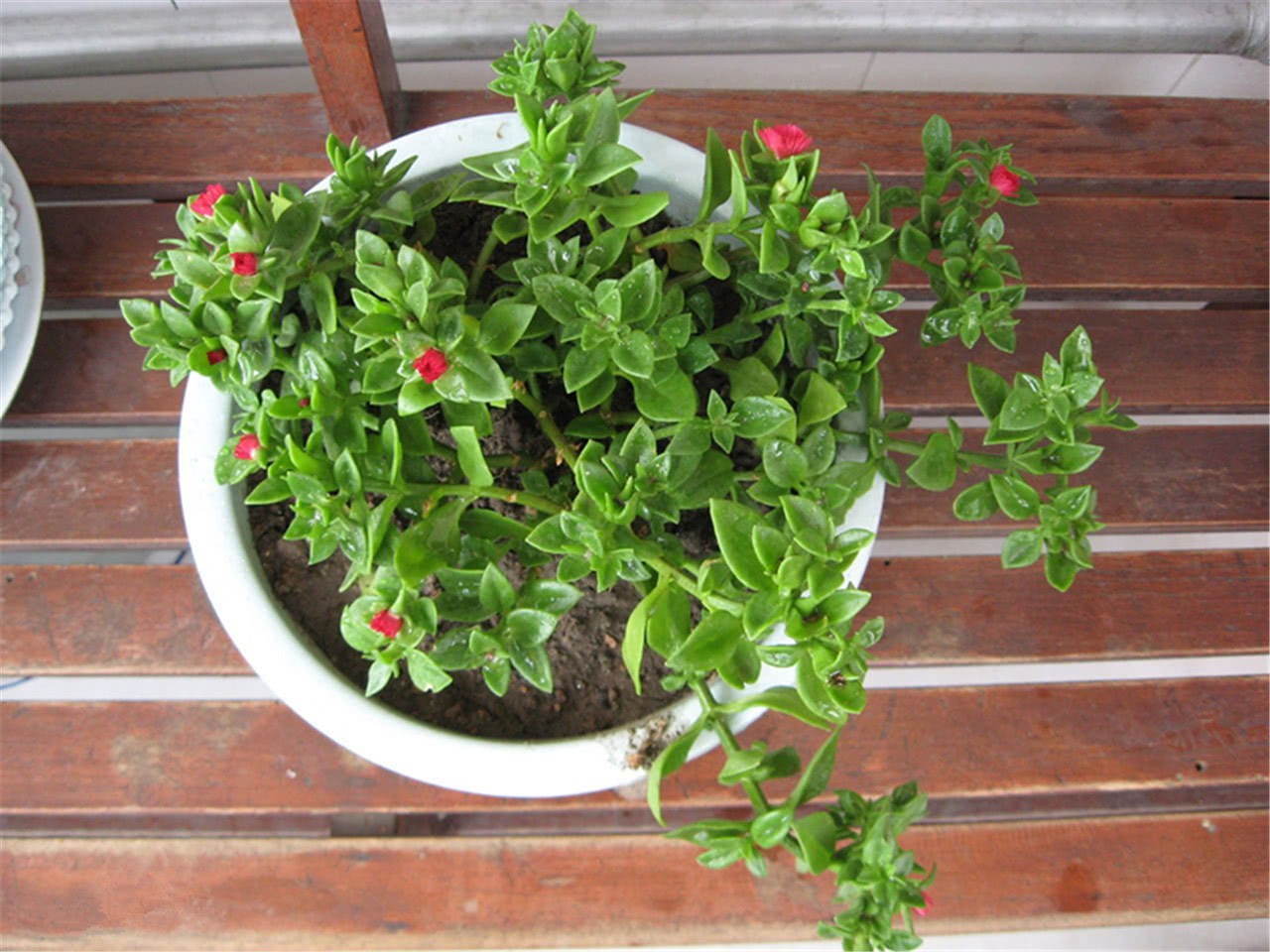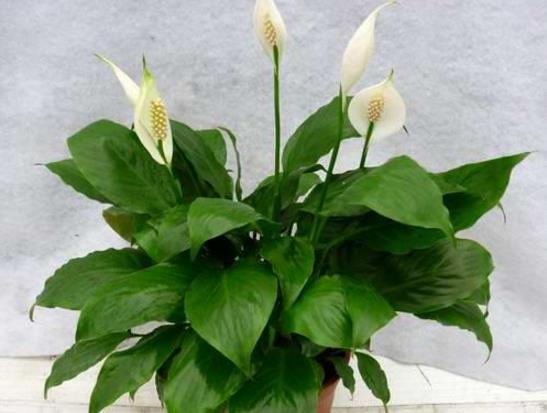Take the wood bumps on the mountain home and grow new buds for 30 days. You can't even see it in the flower market.

Potted plants that like to grow flowers may also raise some bonsai. When it comes to the benefits of bonsai at home, it is nothing more than edifying temperament, self-cultivation, improving the taste and interest of life, getting the enjoyment of beauty in cultivation, and making yourself physically and mentally happy. Of course, if there is a lot of conservation, there will be some strange plants that can gain economic benefits. Some flower friends dug up the "wood bumps" on the mountain and sprouted in 30 days, but they could not be seen in the flower market!
There are many trees on the mountain, some of which seem to have rotten roots, which may survive when they are made into potted plants, which are not ugly than the green plants at home, such as common green apples, gardenias, and hanging orchids, while the bonsai mentioned here are more distinctive, the important thing is the choice of tree stumps, the characteristics of tree stumps are diverse, and you can choose what you like. Here we will introduce several kinds of tree stumps.
Bauhinia bonsai
Bauhinia trees may be often seen in the mountains, the shape is strange, if it does not look very beautiful, but planted in the basin will also be very beautiful, bauhinia root pile shape vigorous, simple. Therefore, the bauhinia tree can be used as bonsai, the ornamental effect is excellent, and it is easy to survive. Most of the bauhinia grows on the edge of the forest near the gully in the low mountains and hills. The old piles, which have been cut and sprouted for many years, are old and Qiu qu in posture and are full of wild interest. They can be dug from February to March in spring, pay attention to protect the root system, cut off the overlong main root, and trim the branches according to the needs of modeling.
Usually pay attention to conservation and management, tree trunks can put some moss, if the weather is relatively dry, you can basically water every day to keep the soil moist. When the root growth of the stump is restored and the branches and leaves sprout luxuriantly, generally after 1-2 years, you can design your favorite bonsai shape.
Wild old pile, easy to live, strong sprouting, can also be cultivated by rapid prototyping method, the same year can be seen in the basin. Bauhinia pile scene is generally appropriate to use purple sand pottery basin, you can also use a more beautiful glazed pottery basin. The shape of the basin can be determined according to the tree shape, and the rectangular basin is the most common. The basin color can be dark cinnabar purple or dark green is better.
Elm bonsai
There is also a kind of elm bonsai, we can also dig stumps to come back as potted plants, potted plants are good, have a shape, naturally become bonsai, elm trees generally grow in wet areas, but also afraid of water stains. Therefore, the spray should be thoroughly watered, and should be watered in the morning and evening in the middle of summer. In case of waterlogging in the basin, it should be dredged as soon as possible so as not to cause rotten roots.
The old piles of elm trees that have just been dug up should be planted in plain sand or planted in tile pots to "raise piles". It is generally carried out from late autumn to spring (the survival rate is the highest in the two or three months before sprouting). Before planting, the roots and branches should be pruned first, and the viscous sap often flows out at the cut. If the liquid exudates too much, it will seriously affect the survival rate.
Use paint, wax seal in the cut, you can also apply a layer of erythromycin ointment or sulfonamide ointment, and then sprinkle with fine sand. Compact the soil as much as possible after planting, but do not need to water, just spray clean water to the branches 1-2 times a day, and water again 3-4 days later. In winter, the pot can be buried in the outdoor shelter to the sun or moved to the cold room to overwinter, the temperature should not be too high, otherwise the plant can not be fully dormant, affecting the growth of the coming year.
Here is a gathering place for flower lovers, sharing flower pot conservation skills, welcome to follow and exchange.
- Prev

These three kinds of flowers are raised in the yard, climbing up the wall and accidentally shaping a brilliant flower sea.
These three kinds of flowers are raised in the yard, climbing up along the wall, accidentally shaping a brilliant flower sea! With the continuous improvement of people's quality of life, many people are no longer blindly pursuing material things. On the contrary, many people are now...
- Next

There are three kinds of potted plants that are not raised in rotten street. They are good-looking and beautiful at home.
There are more and more friends who like potted flowers, and there are many varieties of flowers to be maintained, and the balcony can hardly be put down. our common flowers are green pineapple, hanging orchid, tiger skin orchid, rose and so on.
Related
- Wuhan Hospital Iron Tree Blooming Result Was Instantly Frightened by the Gardener Master
- Which variety of camellia is the most fragrant and best? Which one do you like best?
- What is the small blue coat, the breeding methods and matters needing attention of the succulent plant
- Dormancy time and maintenance management of succulent plants during dormancy
- Minas succulent how to raise, Minas succulent plant pictures
- What are the varieties of winter succulent plants
- How to raise succulent plants in twelve rolls? let's take a look at some experience of breeding twelve rolls.
- Attention should be paid to water control for succulent plants during dormant period (winter and summer)
- Watering experience of twelve rolls of succulent plants
- Techniques for fertilizing succulent plants. An article will let you know how to fertilize succulent plants.

